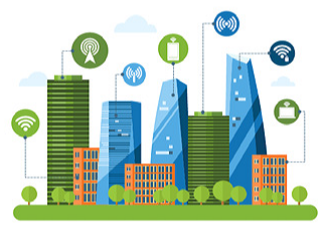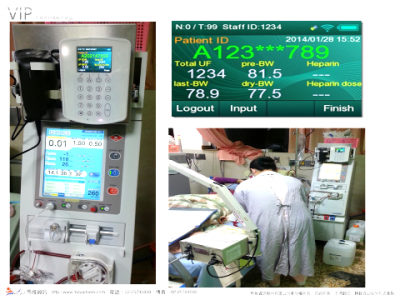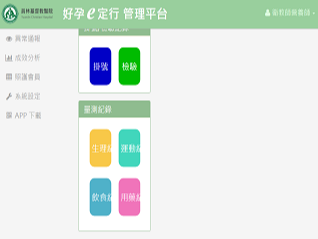Information
Benefits
"Yunlin Christian Hospital develops the green, smart and low-carbon environment by contributing to the environmental protection without consideration of profit. It aims to reach the low-carbon goals and environmental protection and raise the image of hospital. After introducing the LEED design concepts of U.S. Green Building Council, it has become the leading hospital of Changhua Christian medical system, and expects to become one of the leading hospital in Taiwan. Smart Managemen t System Construction : 1.Energy Management System: The system provides the power consumption of each systems in the Hospital by integrating each related information. The historical data recorded by the system can can also be applied to analysis and regulate the optimum mode for power saving. 2.Indoor Air Quality Monitoring System: CO2 sensors are set on each floor of the Hospital to transmit sensed data to the central control room continuously. In case the CO2 is higher than 1,000 ppm, the connected air conditioning system will inflow the outdoor air for air quality improvement. 3.Fire Alarm System: The Hospital applies the addressable firm alarm sensors to show the accurate location on the central host for fire. The message will be synchronized to the engineers’ mobile phones for rapid treatments. 4.Refrigerator Temperature Monitoring System: The temperature of each refrigerator storing medicines and specimens are recorded continuously for safety. Each department which needs to access these contents can inquire the historical temperature records of the corresponding refrigerator via Internet. 5.Energy-saving Achievement 1: Comparing the similar buildings of the Hospital with those described in the report of the U.S. Green Building Council, the Hospital saves about 2,300,000-degree power per year which is enough to supply Taipei 101 for 40 days, and about 12,500,000 NTD per year approximately. 6.Energy-saving Achievement 2: The Hospital applies the energy management system on power u


